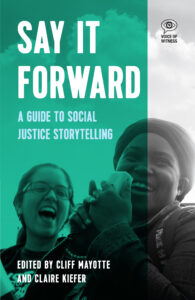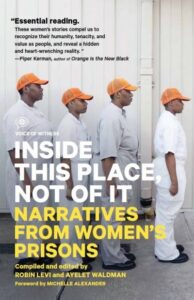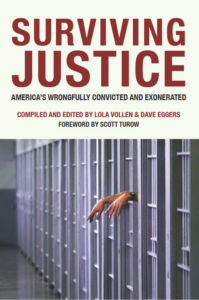About the Book
Six by ten feet. That’s the average size of the cell in which tens of thousands of people incarcerated in the United States linger for weeks, months, and even decades in solitary confinement. With little stimulation and no meaningful human contact, these individuals struggle to preserve their identity, sanity, and even their lives.
In thirteen intimate narratives, Six by Ten explores the mental, physical, and spiritual impacts of America’s widespread embrace of solitary confinement. Through stories from those subjected to solitary confinement, family members on the outside, and corrections officers, Six by Ten examines the darkest hidden corners of America’s mass incarceration culture and illustrates how solitary confinement inflicts lasting consequences on families and communities far beyond prison walls.
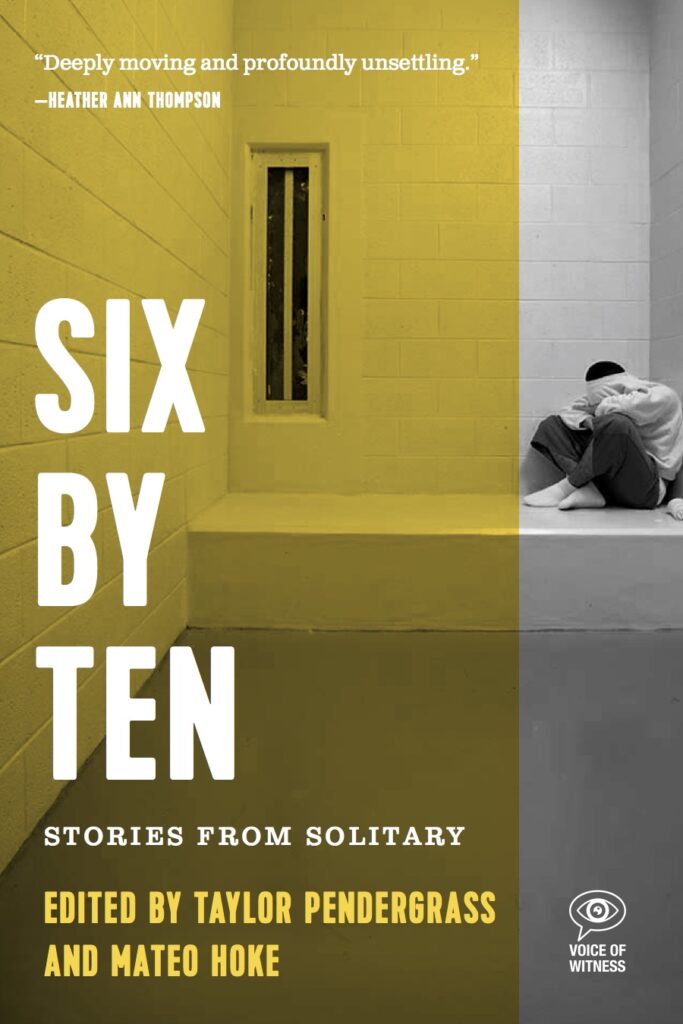
Narrators Include:
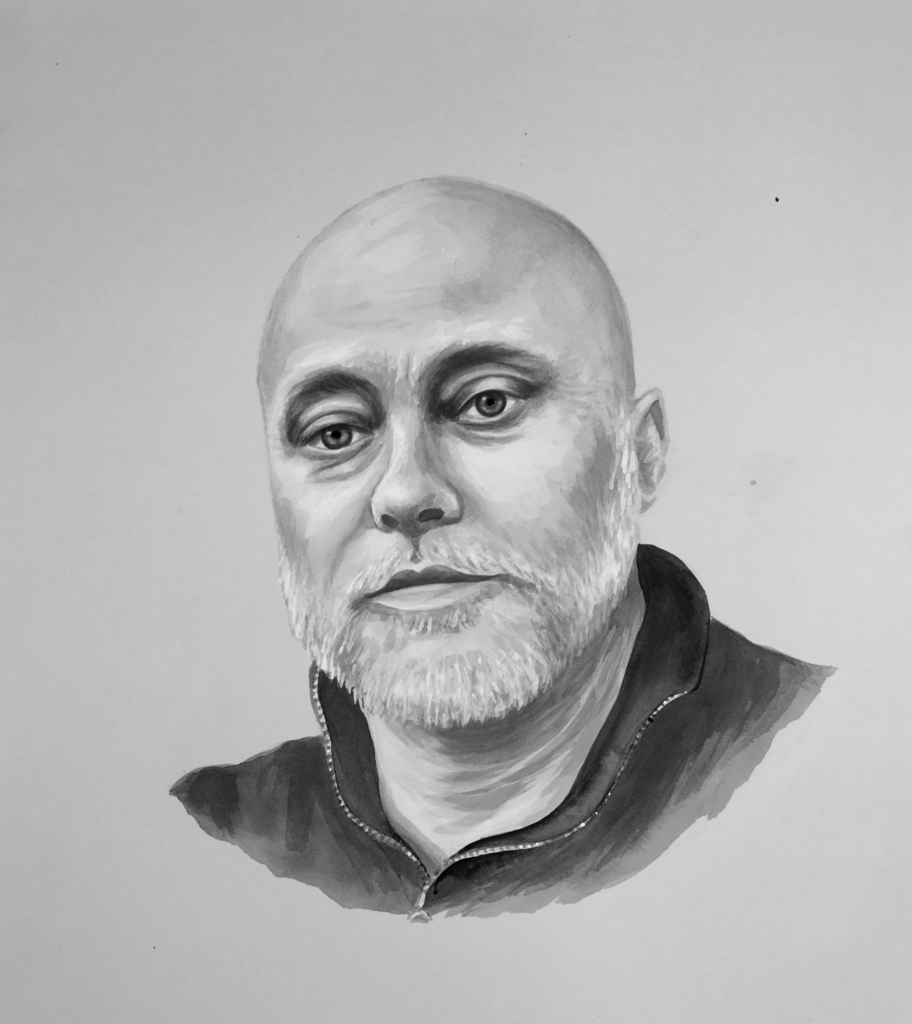
BRIAN, who was taken by the Illinois Department of Corrections from solitary cell to solitary cell in prisons across the state for more than seven years in the 1980s and ’90s as part of an unofficial program that came to be known as “the circuit.” After his release, Brian worked as an advocate on behalf of people trapped in solitary.
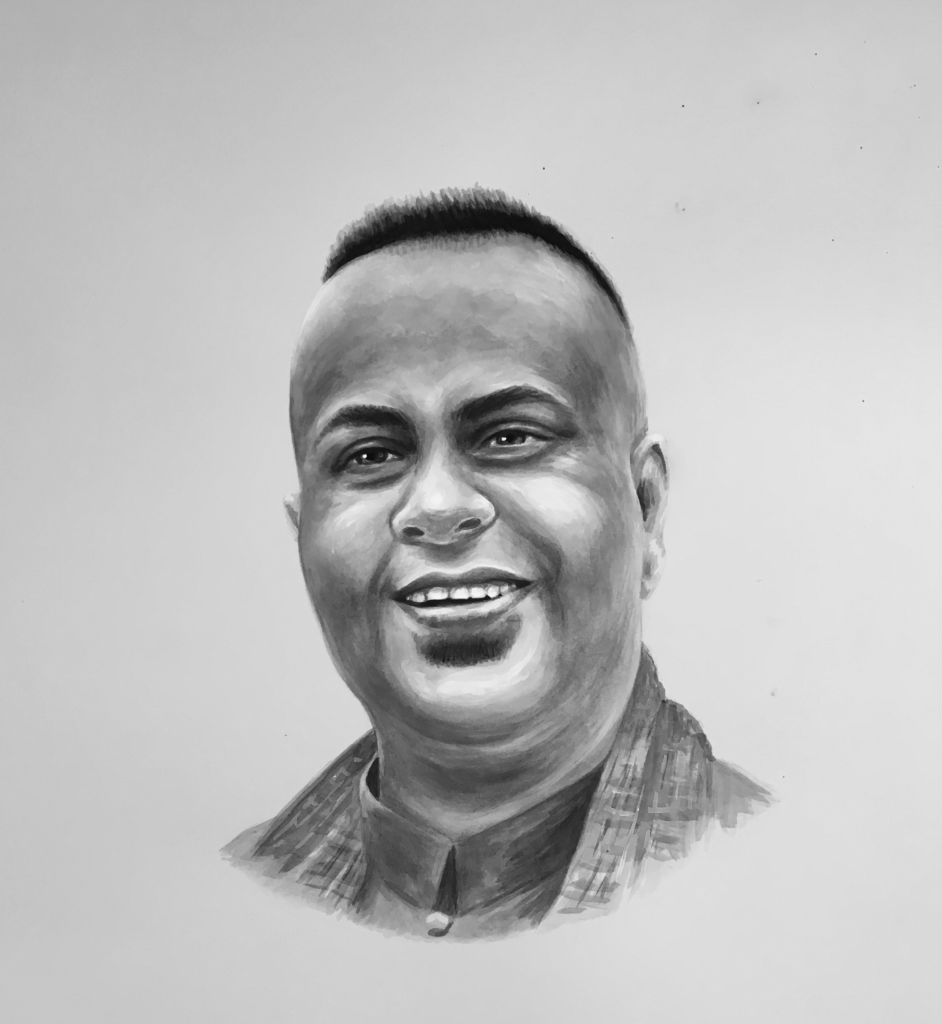
MOHAMMED “MIKE” ALI, who grew up in the Bay Area after his family immigrated to the United States from Fiji. Turning to gang life as a way to protect himself from bullying he experienced as an immigrant, Mike spent time in youth detention, jails, and prisons before landing in solitary in a private immigration detention facility in Arizona, awaiting deportation.
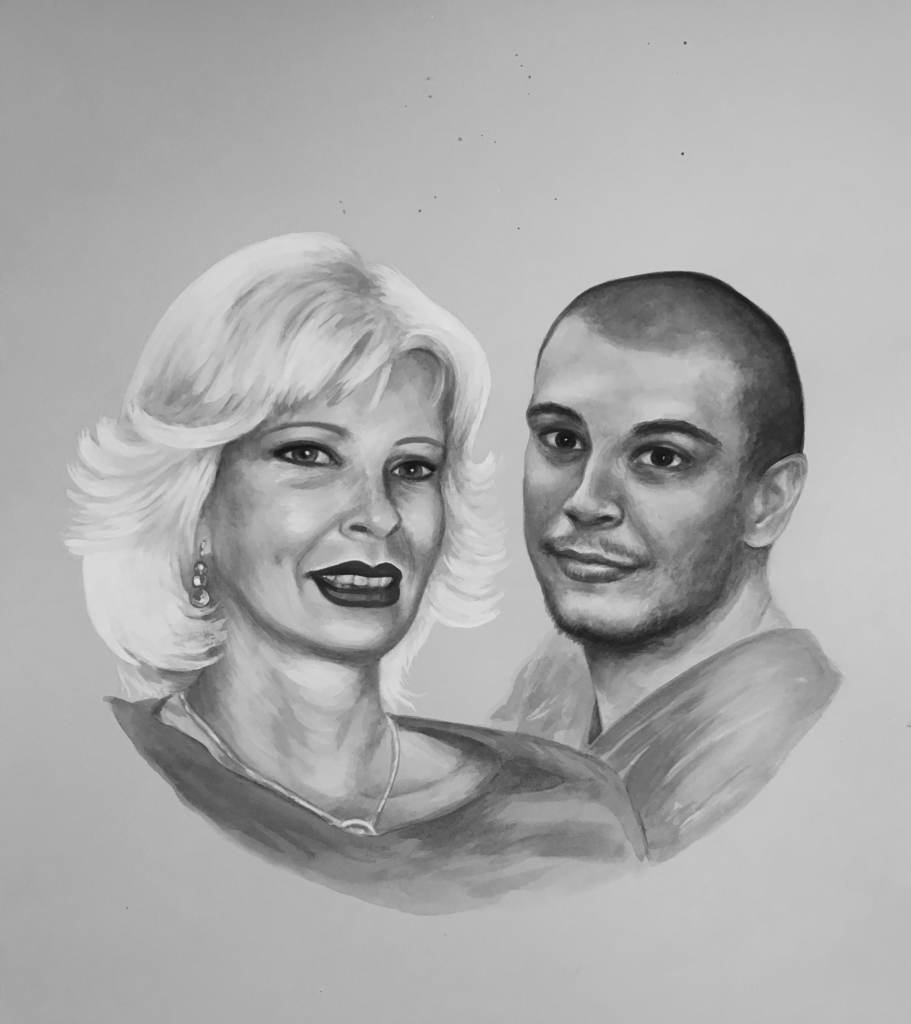
HEATHER, who is fighting for the life of her son, Nikko. He was diagnosed as bipolar at a young age and spent time in youth institutions in Florida before being sent to solitary as a teenager.

SONYA, who was sent to solitary in a men’s jail in Texas, supposedly for her own protection, and whose story helped inspire change for other trans people facing incarceration in Dallas.
Related Resources

View the Lesson Plans
The lessons use oral history to promote a nuanced understanding of solitary confinement.
Book Club Discussion Questions
Use these questions to encourage meaningful conversations about the book.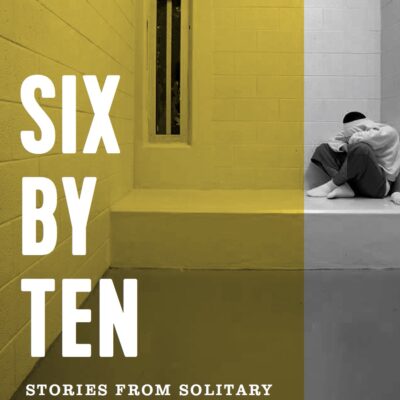
10 Actions to End Solitary Confinement
Learn about what you can do to support the movement to end solitary confinement.
Narrative Excerpt
Read a preview of Brian Nelson’s story in Harper’s Magazine.About the Editors:
Taylor Pendergrass has been gathering stories about the US criminal justice system for more than a decade. As a civil rights lawyer for the American Civil Liberties Union, Taylor has been counsel in major cases challenging “stop and frisk” policies, deceptive police interrogations, broken indigent defense systems, and degrading jail and prison conditions. His work includes advocating for reforms to solitary confinement and other practices in the New York City jails on Rikers Island. He currently works as strategist for the ACLU’s Campaign for Smart Justice, which is dedicated to reducing the US prison population by 50 percent and eradicating racial disparities in the criminal justice system. He lives in Denver.
Mateo Hoke is a writer, oral historian, and mixed-media journalist. He worked as a writer and producer at Al Jazeera’s digital channel, AJ+. Previously, he spent four years interviewing and researching throughout the West Bank and Gaza for the Voice of Witness book Palestine Speaks: Narratives of Life under Occupation, which he coedited with Cate Malek. His work often explores human rights and poverty, though he also enjoys writing about plants, books, and consciousness. Mateo’s writing has appeared in The Best American Nonrequired Reading, Harper’s, Rolling Stone, Pacific Standard, Lucky Peach, McSweeney’s, and Guernica, among other outlets.
Praise for Six by Ten:
Six by Ten is a deeply moving and profoundly unsettling wake-up call for all citizens. The use of solitary confinement is deeply immoral and we must insist that it be banned in all of our nation’s prisons. Immediately.
Heather Ann Thompson
Pulitzer Prize–winning author, Blood in the Water: The Attica Prison Uprising of 1971 and Its Legacy
Some of the people in Six by Ten were convicted of crimes, but this book convicts the United States of an incomparably greater crime: blighting the lives and searing the souls of untold hundreds of thousands of men, women, and teenagers by a practice that more enlightened countries consider inhuman. You will not find a more riveting indictment anywhere of our reckless use of solitary confinement, nor one told through such a variety of moving, poignant voices.
Adam Hochschild
author, King Leopold’s Ghost
A consistently eye-opening, urgent report on the use and misuse of prisoner isolation.
Kirkus Reviews








